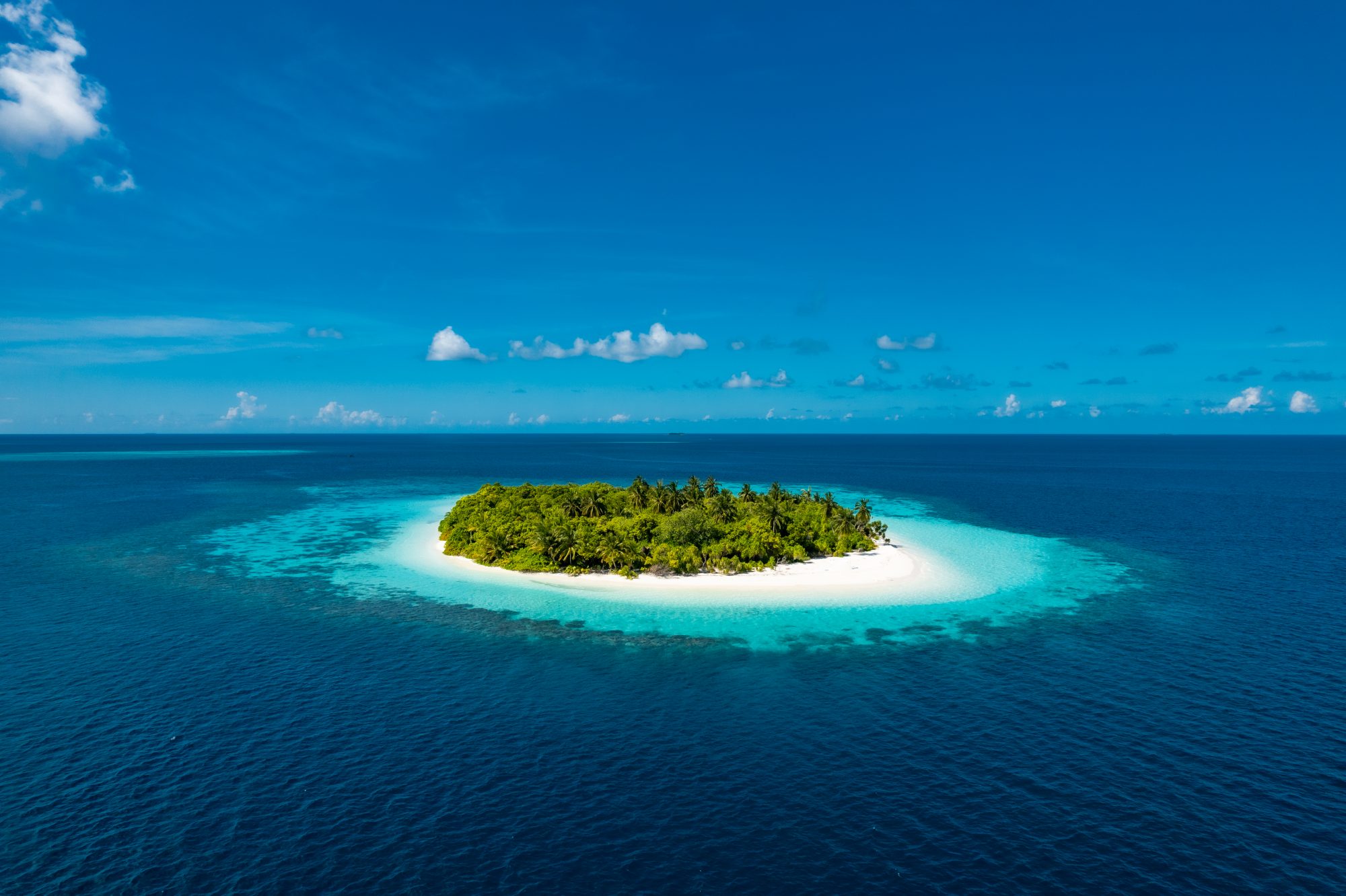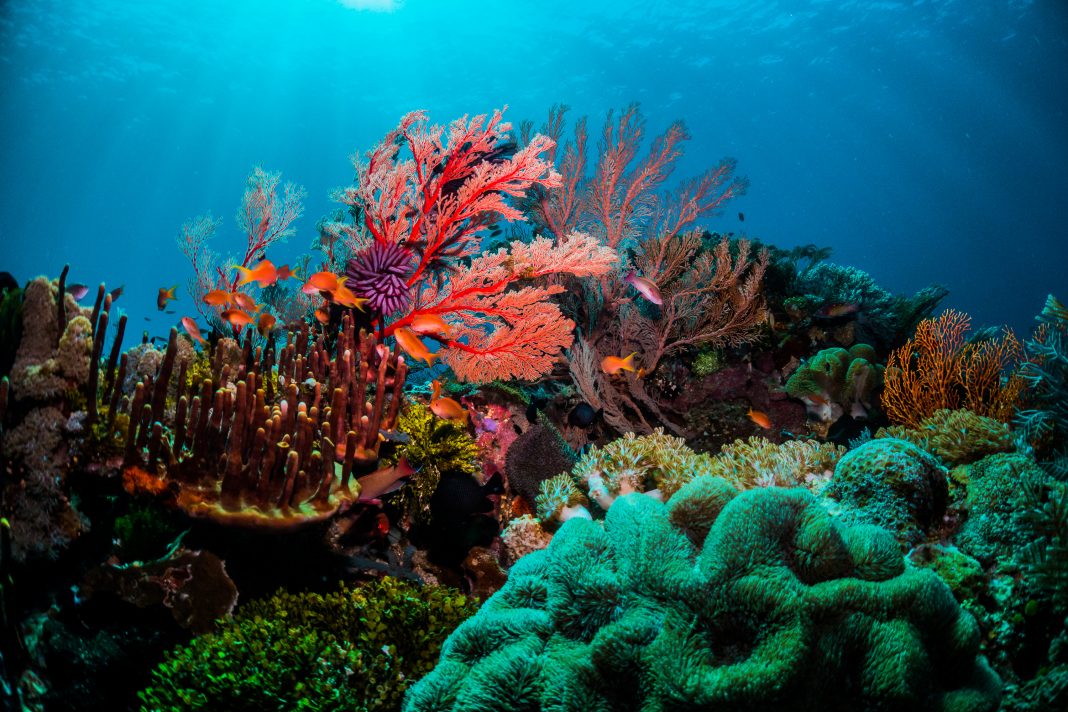An international team led by Penn State found that Indo-Pacific corals cope better with rising water temperatures than Atlantic corals
Todd LaJeunesse, professor of biology at Penn State, emphasises that until recently, the vast diversity of symbiont species had not been appreciated.
And this explains why Atlantic coral is declining due to environmental changes while those in the Pacific and Indian Oceans are improving.
‘My lab’s work over the past several years has been to describe individual species of symbiont’
“Scientists previously lumped all the symbionts into a few broad groups,” says LaJeunesse.
“My lab’s work over the past several years has been to describe individual species of symbiont so we know what we’re dealing with. Without this information, you really can’t adequately study the ecology, physiology and biogeography of corals.”
Indo-Pacific coral are more flexible and resilient
Corals are complex, and every species is unique.
For example, Indo-Pacific corals have more flexible and resilient mutualistic relationships with symbiotic algae that they need to grow.
In turn, this makes them more suited to higher ocean temperatures than their Atlantic counterpart.
What is coral bleaching?
The National Ocean Services describes coral bleaching as: “When corals are stressed by changes in conditions such as temperature, light, or nutrients, they expel the symbiotic algae living in their tissues, causing them to turn completely white.
“Warmer water temperatures can result in coral bleaching. When water is too warm, corals will expel the algae (zooxanthellae) living in their tissues causing the coral to turn completely white. This is called coral bleaching. When a coral bleaches, it is not dead. Corals can survive a bleaching event, but they are under more stress and are subject to mortality.”
LaJeunesse explains, “Coral bleaching not only affects the corals themselves, but also entire ecosystems of organisms — from invertebrates, like sea urchins and spiny lobsters, to vertebrates, like fish and sea turtles.”
“It’s important to study the biology of corals and their symbionts so we can predict how they will respond to future environmental changes, especially ocean warming.”
What’s important to remember is that not all corals and symbionts will respond similarly.
This is because the world’s oceans contain thousands of species of corals, each with unique characteristics and attributes.

Exploring specialist and generalist symbiont species
Symbiont species vary in their ability to associate with coral hosts. Some can be termed specialists, and others generalists.
Whereas Caribbean corals rely on specialist symbionts, Indo-Pacific corals associate with generalists.
It is perhaps this ability which increases their resilience to environmental changes.
These symbionts are ecologically dominant and important to many coral species over large geographic areas.
LaJeunesse elucidates, “It’s possible that these species may come to dominate coral communities as Earth’s oceans warm and more sensitive symbionts die out.”
“It’s possible that these species may come to dominate coral communities as Earth’s oceans warm and more sensitive symbionts die out.”
Where were the Indo-Pacific corals located?
The researchers collected coral samples for several host-generalist symbiont species in the Indo-Pacific from the following places:
- Palau
- Thailand
- Tanzania’s Zanzibar
- The Phoenix Islands
- Australia’s Great Barrier Reef
- New Caledonia
After extracting symbiotic algae and sequencing their DNA, they were able to identify and describe the five species of symbionts that associate with various host coral species.
“It’s difficult to communicate about things we do not know about, or even have a name for,” said Caleb Butler, graduate student in biology, Penn State, and first author on the paper.
“When we formally describe a species, we are putting a name to these organisms, helping build an identity we can talk about and allow us to connect previous studies with future research.
“The organisms that we described are widespread, and as oceans warm, these thermally tolerant generalists are likely to expand to new coral communities.
“Recognizing these distinct species enables informed research into their ecology, and then ability to accurately communicate about the implications of our findings.”
The team found the genus Cladocopium symbionts
Specifically, the symbionts that the team described are in the genus Cladocopium.
“Cladocopium are exceptionally biodiverse relative to other coral symbionts; yet very few species from this genus have been successfully cultured,” said Matthew Nitschke, research scientist from the Australian Institute of Marine Science (AIMS).
“One of species the team described, C. proliferum, can be cultured in a test tube which enables significant progress towards understanding the mechanisms underpinning coral-algal symbiosis, and it has become a model species for such research in Australia.
Our Australian team, led by Professor Madeleine van Oppen, are currently using C. proliferum cultures in reef restoration research and development, with a focus on how these algal symbionts contribute to the heat-tolerance of corals.”











